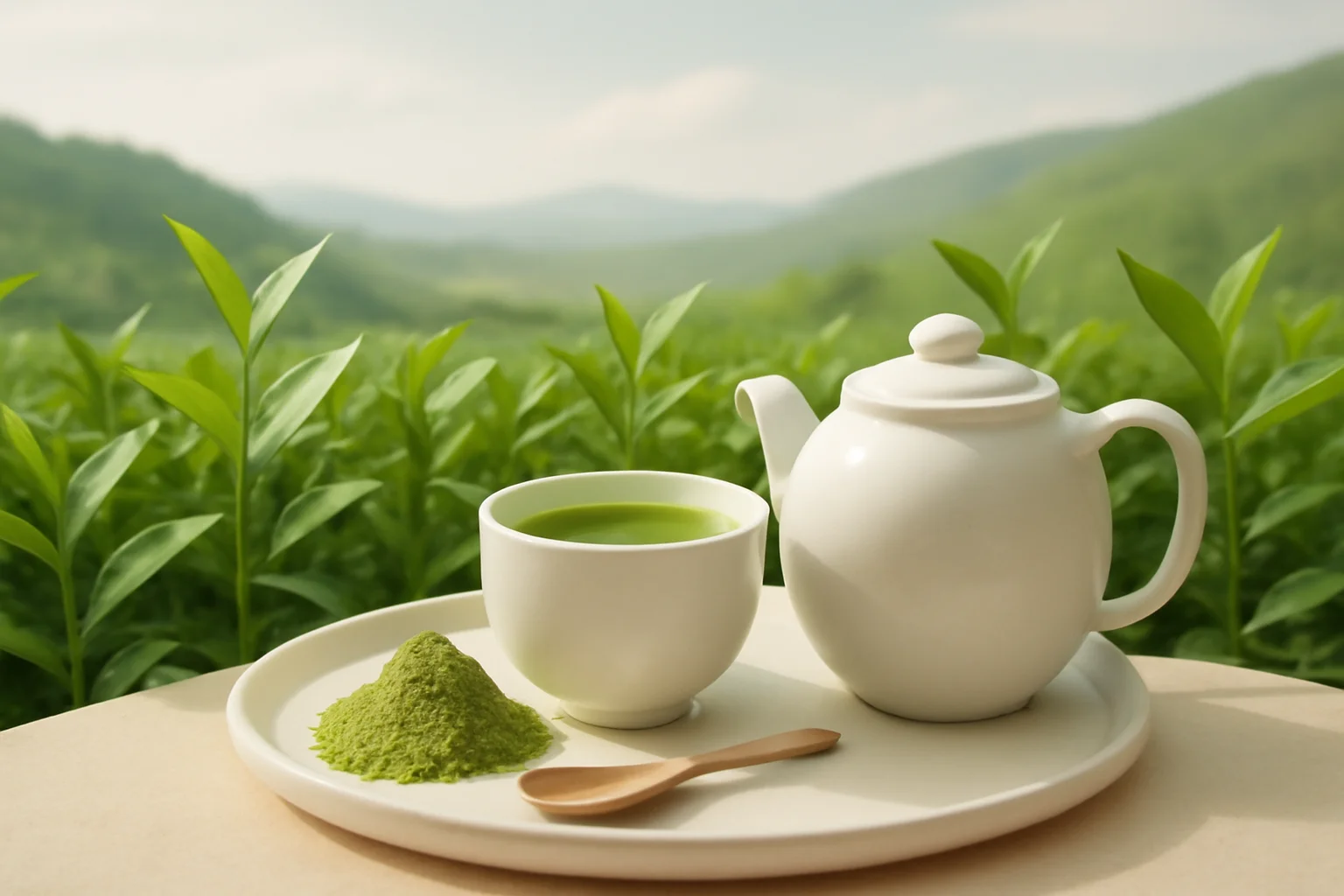
The beneficial effects and uses of matcha
Matcha, a special form of green tea, has become increasingly popular worldwide in recent years. This unique powder is made from the leaves of the Camellia sinensis plant, which are carefully selected, steamed, dried, and ground into a fine powder. Matcha is not only aesthetically pleasing but also has numerous health benefits, which is why many people incorporate it into their diets. The tradition of matcha dates back thousands of years and plays a prominent role in Japanese tea ceremonies, where tea is not just a beverage but an experience.
The uniqueness of matcha lies in the fact that the entire leaf is consumed, resulting in a much higher concentration of antioxidants, vitamins, and minerals compared to traditional green tea. People consume matcha not only as a drink but also add it to various foods and desserts, allowing us to enjoy this wonderful powder in increasingly creative ways. Therefore, matcha is not only healthy but also versatile, gaining more ground in gastronomy. Let’s explore its beneficial effects and how we can incorporate it into our daily lives!
What is matcha and how is it made?
Matcha is a special green tea made from the leaves of the Camellia sinensis plant. During the preparation process, the leaves are grown in the shade, which promotes a higher concentration of chlorophyll and amino acids, especially L-theanine. The shading enhances the flavor of the leaves and increases the amount of nutrients, resulting in the unique taste and health benefits of matcha.
During the harvesting period, the youngest and finest leaves are picked from the plant. These are steamed to preserve their color and prevent oxidation. After that, the leaves are dried and ground into a fine powder. The texture of matcha powder is extremely fine, allowing it to easily mix with water. In traditional Japanese tea ceremonies, matcha is whisked into water using a special bamboo tool called a chasen, creating the famous frothy tea.
It is important to mention that matcha differs from traditional green tea, where the leaves are brewed and then removed from the water. In the case of matcha, the entire leaf is consumed, which significantly increases its health benefits. Matcha has the highest antioxidant content among teas, and the L-theanine it contains helps reduce stress while enhancing attention and concentration.
The health benefits of matcha
Matcha has numerous health benefits, with its richness in antioxidants being particularly noteworthy. Antioxidants help protect cells from damage caused by free radicals, which can contribute to premature aging and the development of various diseases. Matcha is especially rich in an antioxidant called EGCG (epigallocatechin gallate), which research has shown can aid in weight loss and reduce the risk of cardiovascular diseases.
Another significant effect is the energizing impact of matcha. The combination of caffeine and L-theanine found in matcha enhances concentration and mental alertness while reducing stress levels. Therefore, many people may choose matcha over coffee in the mornings, as its energizing effect is more sustained and gentle.
Matcha can also aid in detoxification. Thanks to its shaded cultivation, the leaves have a high chlorophyll content, which can help remove toxins from the body. The cleansing effect of chlorophyll can contribute to gut health and improve bowel function.
The effects of matcha on digestion are also noteworthy. The fibers contained in matcha can help regulate bowel movements and support healthy digestion. Consuming matcha not only provides a delicious experience but can also contribute to the health of our digestive system.
Matcha in gastronomy
The versatility of matcha allows it to be used in a variety of dishes and beverages. The most popular way to consume matcha is in tea form, prepared with hot water. However, due to its flavor and color, it is increasingly found in various recipes, whether they are pastries, ice creams, or smoothies.
Matcha latte, a special creamy drink made from the combination of matcha and milk (or plant-based milk), has become particularly popular. The drink has a soft and sweet flavor, making it a perfect alternative to traditional coffee. Additionally, matcha is excellent for making frozen desserts such as ice creams or mousses, as it not only adds a beautiful green color but also imparts a unique taste.
For those following a healthy lifestyle, matcha smoothie is a great choice. Mixing matcha powder with fruits, yogurt, and plant-based milk is not only nutritious but also delicious. Furthermore, matcha can be added to oatmeal or yogurt, making our breakfast or snacks healthier.
However, the use of matcha is not limited to beverages and desserts; many chefs creatively incorporate it into main dishes as well. For example, matcha can be used as a spice in various sauces, marinades, or salad dressings, adding a new dimension to our meals.
How to choose high-quality matcha?
Selecting high-quality matcha is crucial for both health benefits and taste experience. The best quality matcha typically comes from Japan, where the cultivation and processing techniques are based on centuries-old traditions. When purchasing, it is worth paying attention to the packaging and the name. The highest quality matcha usually falls into the “ceremonial” or “premium” category.
Color is also an important indicator of matcha quality. High-quality matcha has a vibrant green color, while lower quality versions may appear yellowish. The taste can also be revealing: premium matcha has a sweet and creamy flavor, while lower quality ones may be more bitter.
It is essential to store matcha in an airtight container, preferably in a cool, dry place, to preserve its freshness and flavor. Matcha powder oxidizes quickly, so it is best to buy small quantities to ensure a fresh taste experience.
Matcha is not just a drink or food; it is also part of a lifestyle that emphasizes conscious eating and health preservation. It is worth exploring the world of matcha and incorporating it into our daily lives, as its numerous health benefits can help achieve harmony between body and soul.
**Disclaimer:** This article does not constitute medical advice. In case of health issues, everyone should follow their doctor’s advice.

